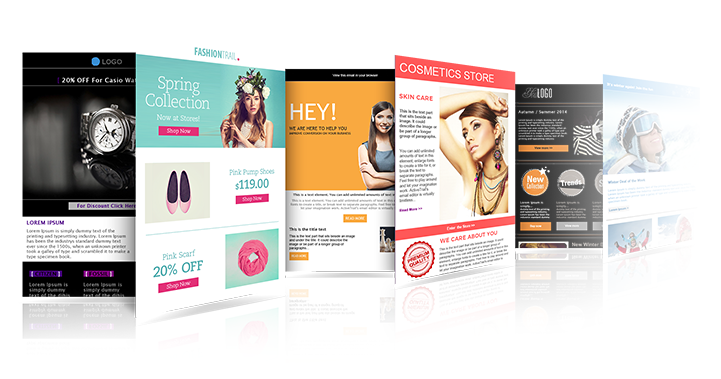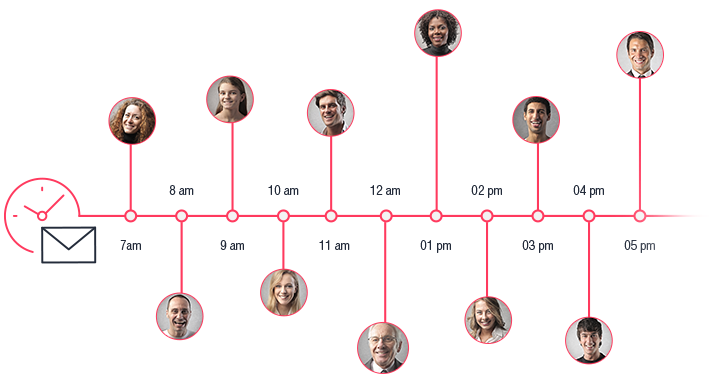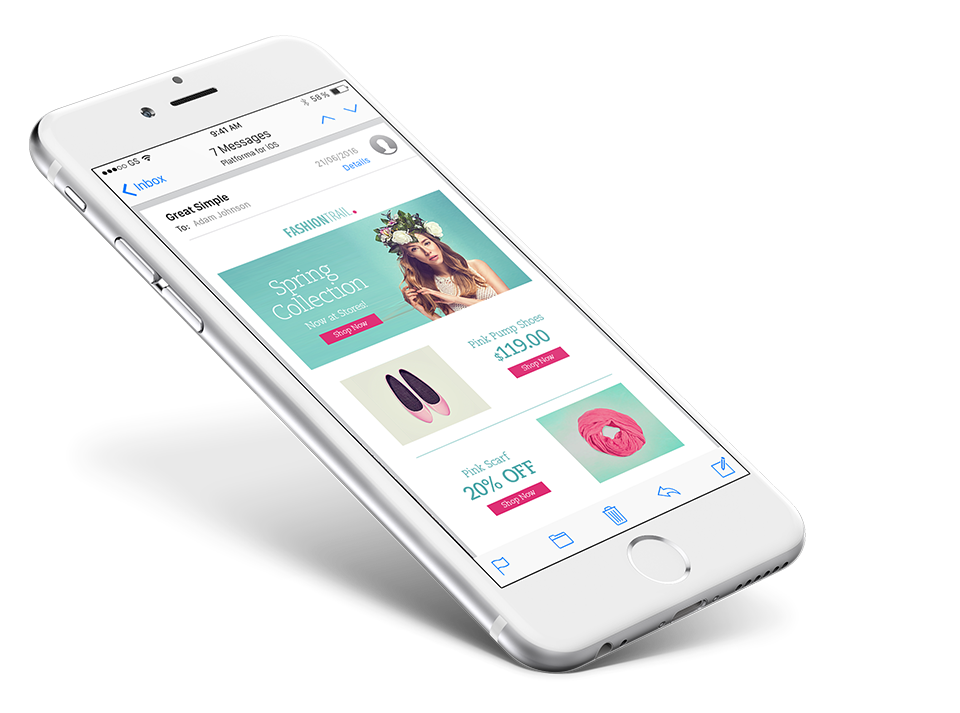You’ll never have to settle for anything less than perfect again! Pick one of the ready-made templates, edit it to fit your vision and send out a professional looking newsletter in a matter of minutes.
The best way to reach your audience
Create professional, handsomely designed newsletters and email campaigns- within minutes with ActiveTrail’s email marketing software! Reach your audience, engage them and build a long-lasting relationship
Intuitive Web Builder
Mobile Responsiveness
High Deliverability


An exclusive development by ActiveTrail that leverages our Big Data capabilities and helps, with a single click, predict the optimal time to send emails to each of your recipients, assisting you to increase campaign opening rates and grow your income.

Our AB testing module enables the highest level of optimization by emailing a limited number of recipients at first and examining their responses. Through a thorough analysis of various parameters, the module then measures the success expectancy of each alternative, and automatically sends the more successful version to the rest of the recipients.

Give your readers the feeling that every newsletter you send was written especially for them, with ActiveTrail’s active personalization capabilities. adjust the titles, content, and even the images in your emails to suit each client or group of recipients, without the need for a developer or programmer!

